Author: Paul Amico
Earning its moniker from the menagerie of aromas and flavors it imparts to beer, Mosaic quickly won the favor of brewers the world over after its release in 2012. Known to contribute a pungent blend of floral, tropical, fruity, and earthy characteristics, Mosaic is typically reserved for hop-forward IPA where it’s commonly used in rather large quantities late in the kettle and especially in the dry hop.
Recently, the innovative team at Haas, North America’s leading hop supplier, released an advanced hop product called LUPOMAX, which they describe as being “a highly consistent, concentrated lupulin pellet designed to deliver optimized hop flavor.” Containing less vegetative matter and more desirable lupulin, LUPOMAX allows brewers to produce beers with bold hop character while reducing beer loss.
Alpha: 17.5%
Beta: 3 – 4.5%
Cohumulone: 21 – 25% of alpha acids
Total Oil: 0.8 – 3 mL/100g
Myrcene: 30 – 40%
Humulene: 10 – 15%
Caryophyllene: 3 – 8%
Farnesene: <1%
Linalool: 0.4 – 0.8%
Geraniol: 0.5 – 0.9%
ß-Pinene: 0.6 – 1%
Parentage: daughter of Simcoe and Nugget derived male
Like many, I fell in love with Mosaic as soon as I tried a beer made with it, and I’ve since used this incredible variety in numerous batches of Pale Ale and IPA. When I first heard of LUPOMAX, my interest was piqued, and my excitement boiled over when I received a bag to test out just before COVID-19 led to a lockdown in my city. With restrictions loosening a bit, I was finally able to brew up another batch and serve it to tasters for evaluation!
| MAKING THE BEER |
I brewed the standard Hop Chronicles Pale Ale recipe for this batch in hopes of letting the hop character shine.
Mosaic LUPOMAX Pale Ale
Recipe Details
| Batch Size | Boil Time | IBU | SRM | Est. OG | Est. FG | ABV |
|---|---|---|---|---|---|---|
| 5.2 gal | 60 min | 46.1 IBUs | 5.7 SRM | 1.052 | 1.011 | 5.3 % |
| Actuals | 1.052 | 1.007 | 5.9 % | |||
Fermentables
| Name | Amount | % |
|---|---|---|
| Lamonta American-style Pale Malt (Mecca Grade) | 8 lbs | 80 |
| Vanora Vienna-style Malt (Mecca Grade) | 2 lbs | 20 |
Hops
| Name | Amount | Time | Use | Form | Alpha % |
|---|---|---|---|---|---|
| Mosaic LUPOMAX | 9 g | 60 min | Boil | Pellet | 17.5 |
| Mosaic LUPOMAX | 10 g | 15 min | Boil | Pellet | 17.5 |
| Mosaic LUPOMAX | 10 g | 10 min | Boil | Pellet | 17.5 |
| Mosaic LUPOMAX | 30 g | 2 min | Boil | Pellet | 17.5 |
| Mosaic LUPOMAX | 40 g | 5 days | Dry Hop | Pellet | 17.5 |
Yeast
| Name | Lab | Attenuation | Temperature |
|---|---|---|---|
| Flagship (A07) | Imperial Yeast | 75% | 60°F - 72°F |
Notes
| Water Profile: Ca 92 | Mg 1 | Na 10 | SO4 153 | Cl 50 |
Download
| Download this recipe's BeerXML file |
I started off my brew day by collecting the full volume of water and adjusting it to my desired profile.
Next, I flipped the switch on my controller to get things heating up then weighed out and milled the grain.
When the water was properly heated, I mashed in before proceeding to weigh out the kettle hop additions.
When the 60 minute mash rest was finished, I removed the grains from the sweet wort and set the controller the heat it up.
Following a 60 minute boil, I used my CFC to chill the wort during transfer to a sanitized fermenter.
A refractometer reading showed the wort was right at my target OG.
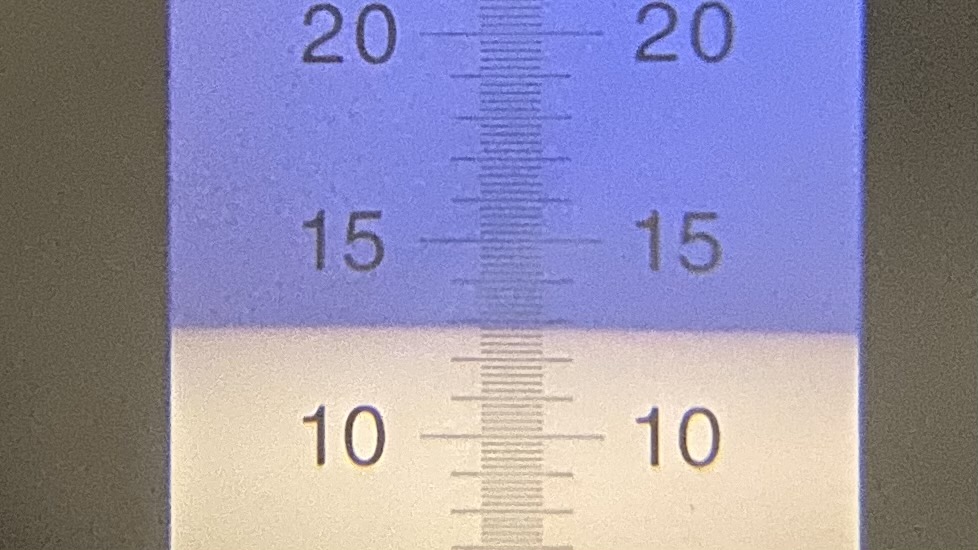
Using some remnant wort, I made a vitality starter of Imperial Yeast A07 Flagship and let it sit for about 4 hours before pitching it into the wort.
The beer was left to ferment at 66°F/19°C for 9 days before I took a hydrometer measurement confirming FG was reached.
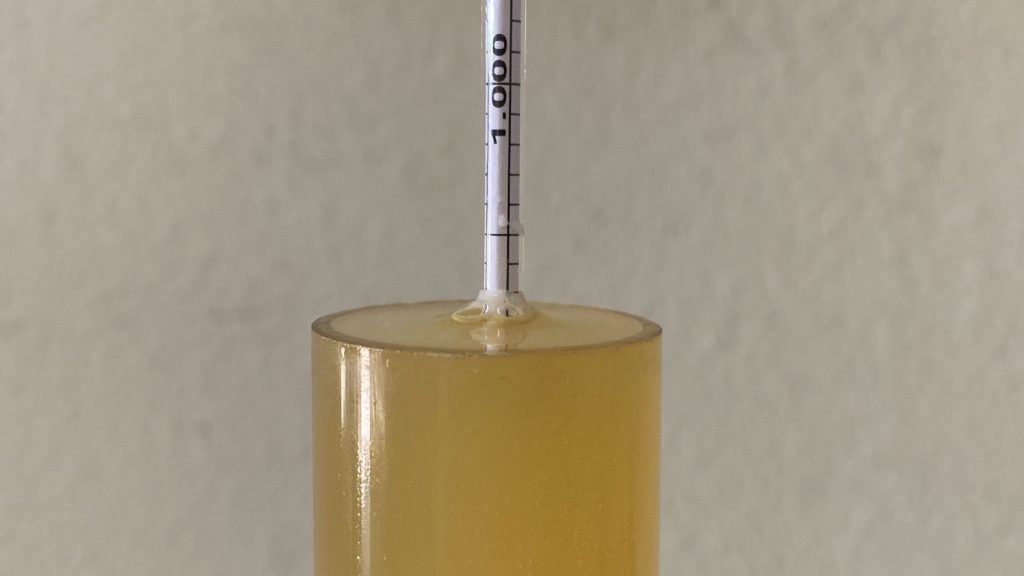
With fermentation complete, I transferred the beer to a CO2 purged keg.
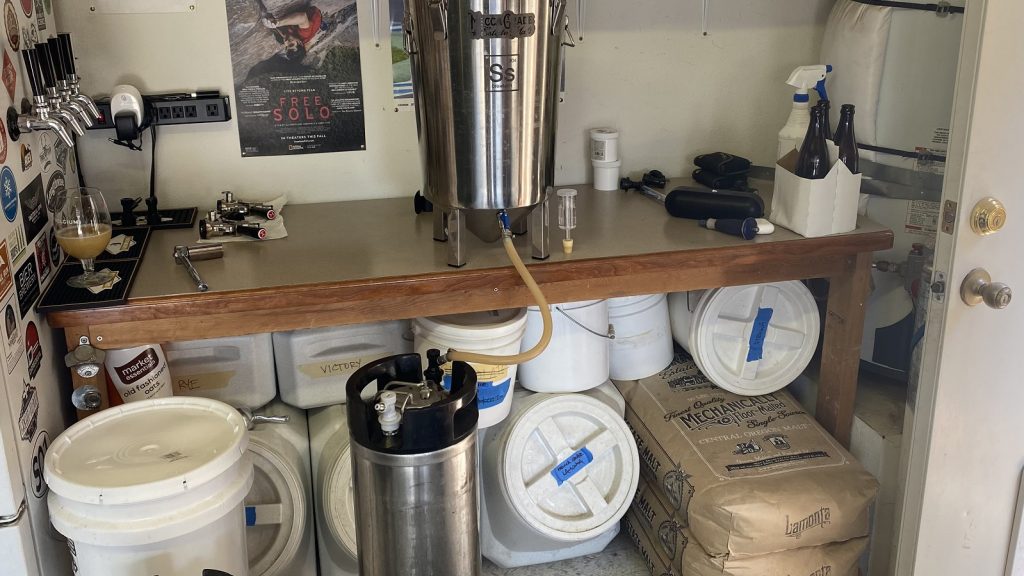
The filled keg was placed in my keezer and burst carbonated overnight before I reduced the gas to serving pressure. After a week of conditioning, I began serving it to blind tasters.
| METHOD |
Participants were instructed to focus only on the aromatic qualities of the beer before evaluating the flavor. For each aroma and flavor descriptor, tasters were asked to write-in the perceived strength of that particular characteristic on a 0-9 scale where a rating of 0 meant they did not perceive the character at all and a 9 rating meant the character was extremely strong. Once the data was collected, the average rating of each aroma and flavor descriptor was compiled and analyzed.
| RESULTS |
Due to social distancing practices as a result of the COVID-19 pandemic, data for this Hop Chronicles was unable to be collected in our typical manner. As such, temporary adaptations were made.
A total of 7 people participated in the evaluation of this beer, all blind to the hop variety used until after they completed the survey. The average aroma and flavor ratings for each descriptor were plotted on a radar graph.
Average Ratings of Aroma and Flavor Perceptions
The 3 characteristics endorsed as being most prominent by participants:
| Aroma | Flavor |
| Citrus | Resinous |
| Tropical Fruit | Earthy/Woody |
| Earthy/Woody | Citrus |
The 3 characteristics endorsed as being least prominent by participants:
| Aroma | Flavor |
| Onion/Garlic | Onion/Garlic |
| Spicy/Herbal | Berry |
| Dank/Catty | Apple/Pear |
When asked to rate the pungency/strength of the hop, most tasters perceived it as being mildly to moderately pungent.
Tasters were then instructed to identify beer styles they thought the hop would work well in.
Finally, participants were asked to rate how much they enjoyed the hop character on a 1 to 10 scale.
My Impressions: My experience with this particular beer matched that of past batches I’ve made using Mosaic LUPOMAX—it tastes like Mosaic, just more intense, which I really enjoy. I perceive citrus and dank characteristics leading the way with floral and earthy notes in the background. I’ve always felt Mosaic is a good variety for single-hop beers, and this LUPOMAX version is certainly no exception.
| CONCLUSION |
Mosaic is a powerhouse hop that brewers have come to love for its ability to impart a variety of characteristics to beer ranging from citrus and tropical fruit to earthy and dank. As pungent as this variety is known to be, Haas’ new LUPOMAX product provides an even more concentrated form of Mosaic with less vegetal matter, which allows brewers to use less to achieve similar levels of hoppy intensity.
When asked to evaluate a beer hopped solely with Mosaic LUPOMAX, tasters appeared to confirm existing notions about this popular variety, rating citrus, tropical fruit, and floral as being the most prominent characteristics. Moreover, even though I used 70% the amount of LUPOMAX as I would have T-90 pellets, as recommended by Haas, participants perceived this beer as being quite pungent, which I agree fully agree with. Naturally, a majority of tasters rated APA and IPA as being the style they felt this hop would work best in, though a few also rated pale lager, perhaps due to the earthier notes Mosaic contributed to the beer.
As mentioned, a huge selling point of LUPOMAX is that brewers can use less to get the hop character they desire, which means reduced absorption and thus increased yield. As a homebrewer, this isn’t really something I’m concerned about and I didn’t notice much of a difference in finished beer volume. What excites me most about LUPOMAX is the ability to pack even more intense hop character into beer while using “normal” amounts of hops, and I absolutely plan to continue using LUPOMAX for just this purpose!
Mosaic LUPOMAX hops are available now at Yakima Valley Hops, get some while you can! If you have any thoughts on this variety, please feel free to share them in the comments section below.
Support Brülosophy In Style!
All designs are available in various colors and sizes on Amazon!
Follow Brülosophy on:
FACEBOOK | TWITTER | INSTAGRAM
If you enjoy this stuff and feel compelled to support Brulosophy.com, please check out the Support page for details on how you can very easily do so. Thanks!



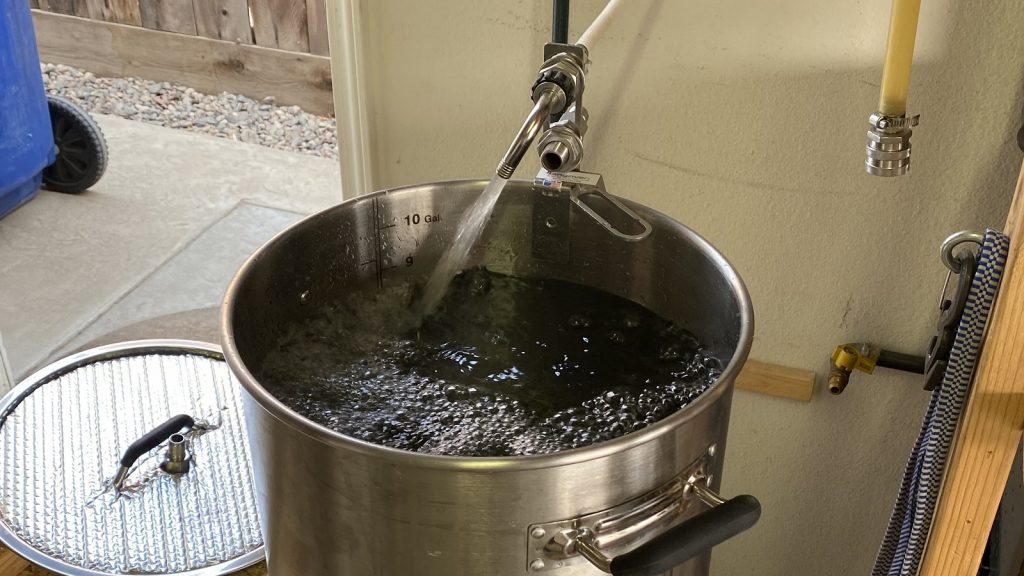
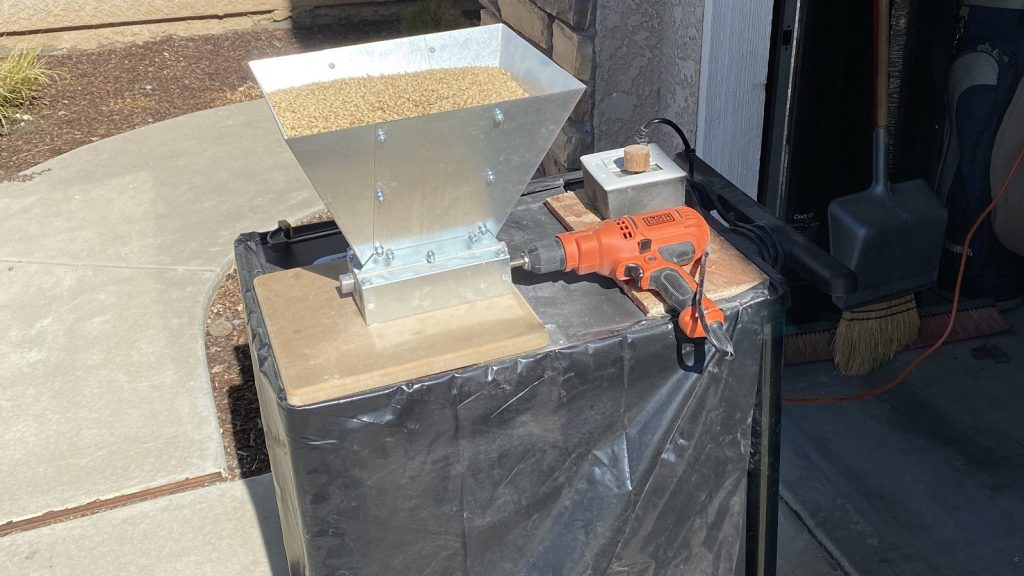
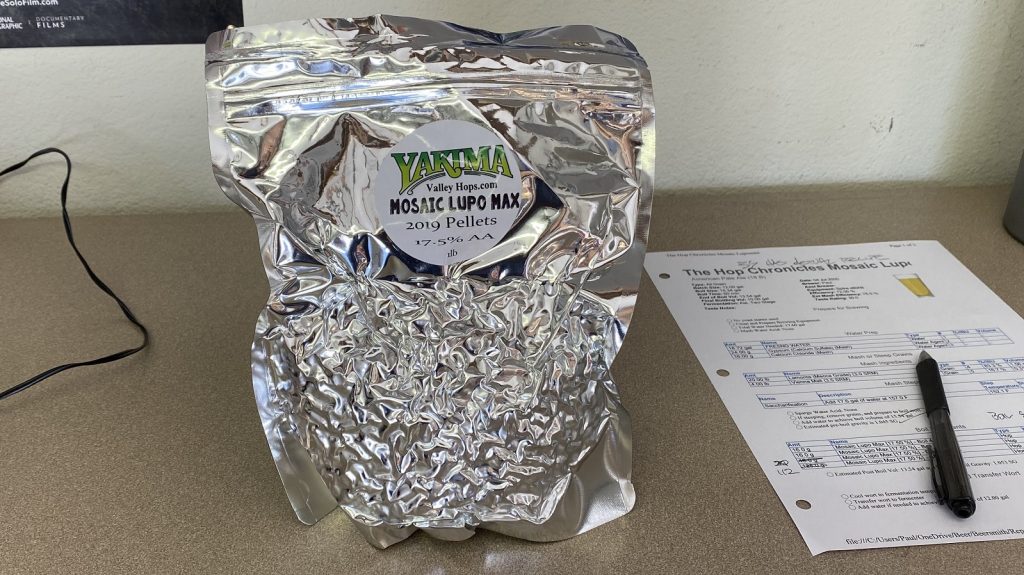
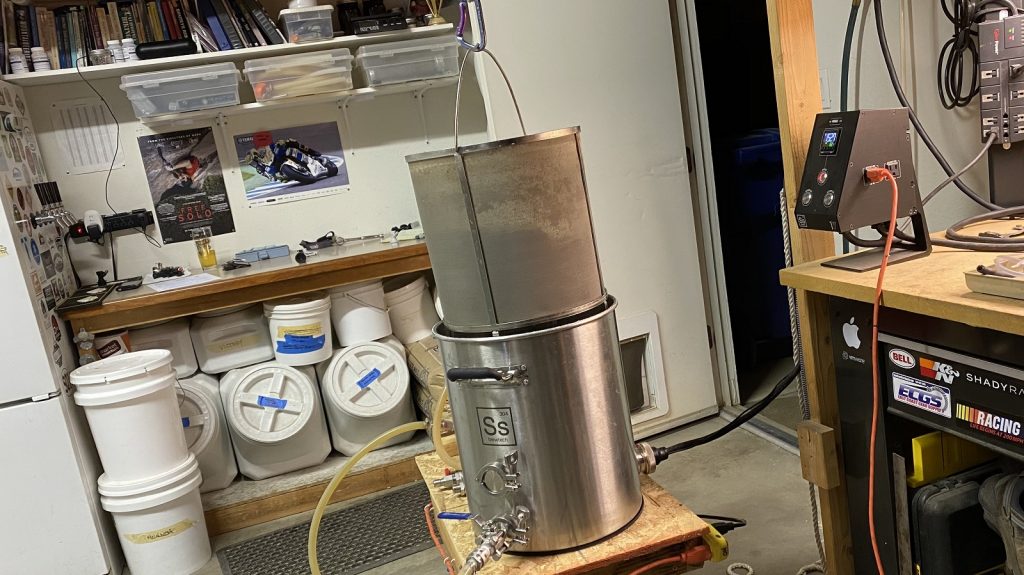
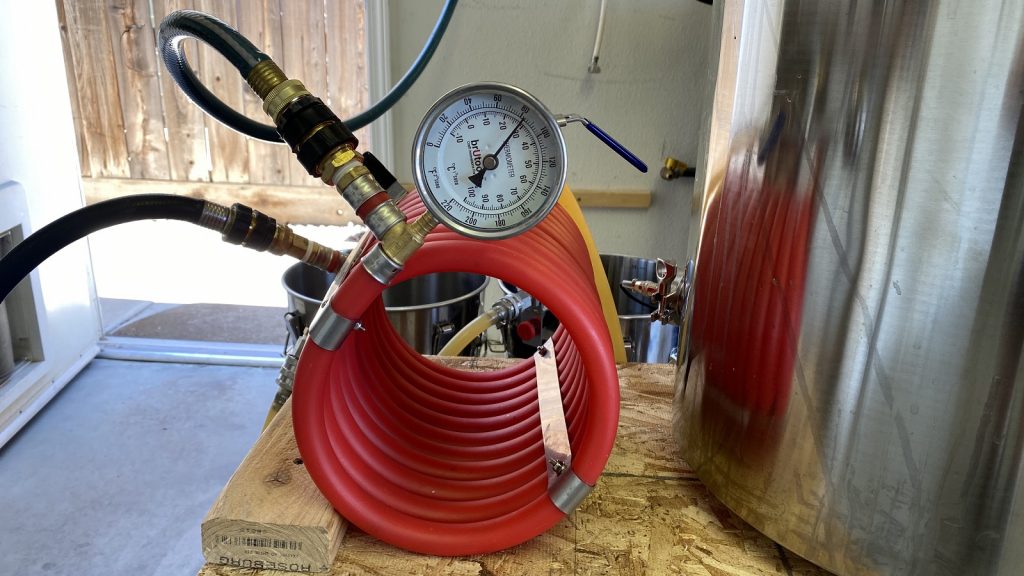
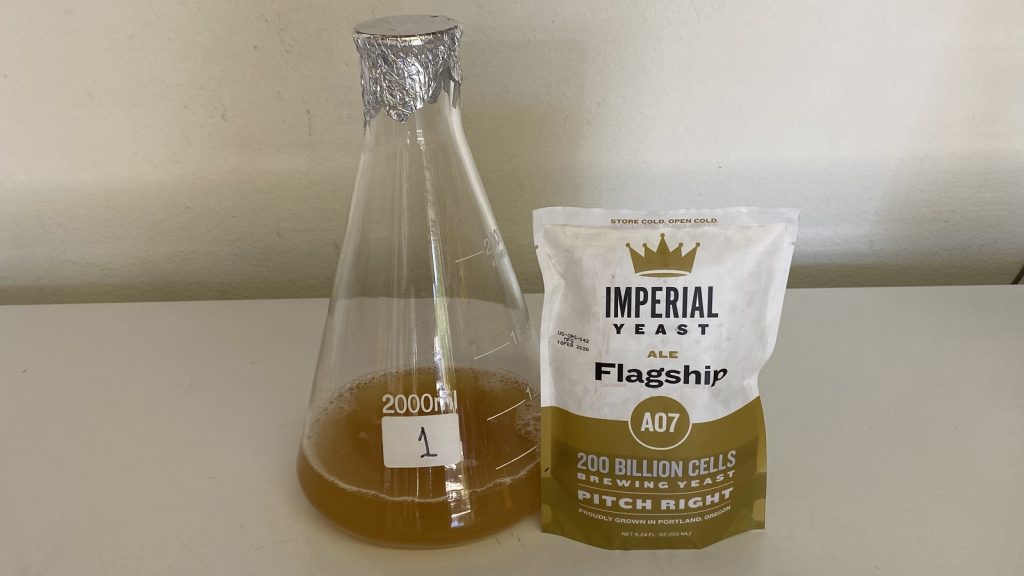
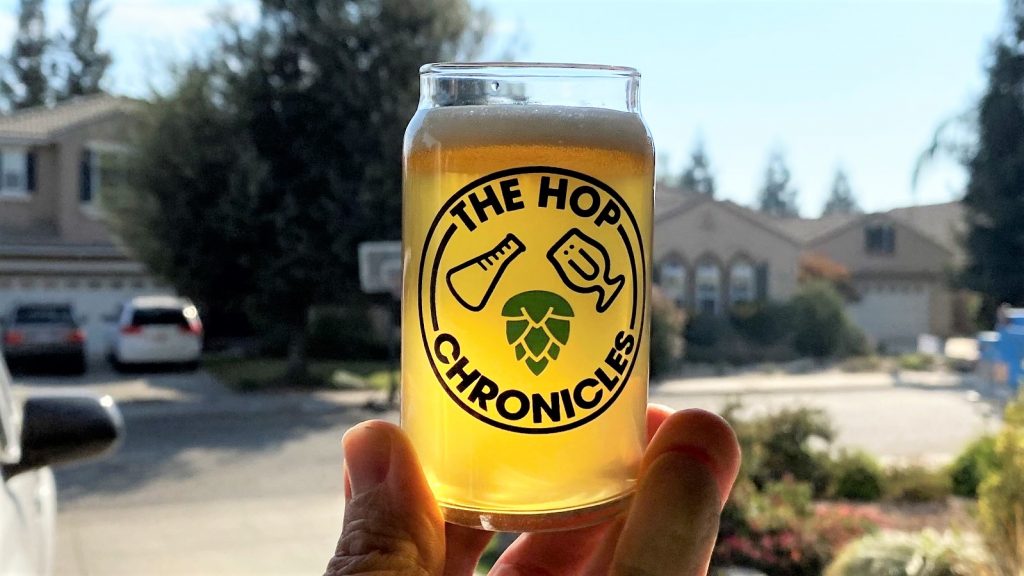

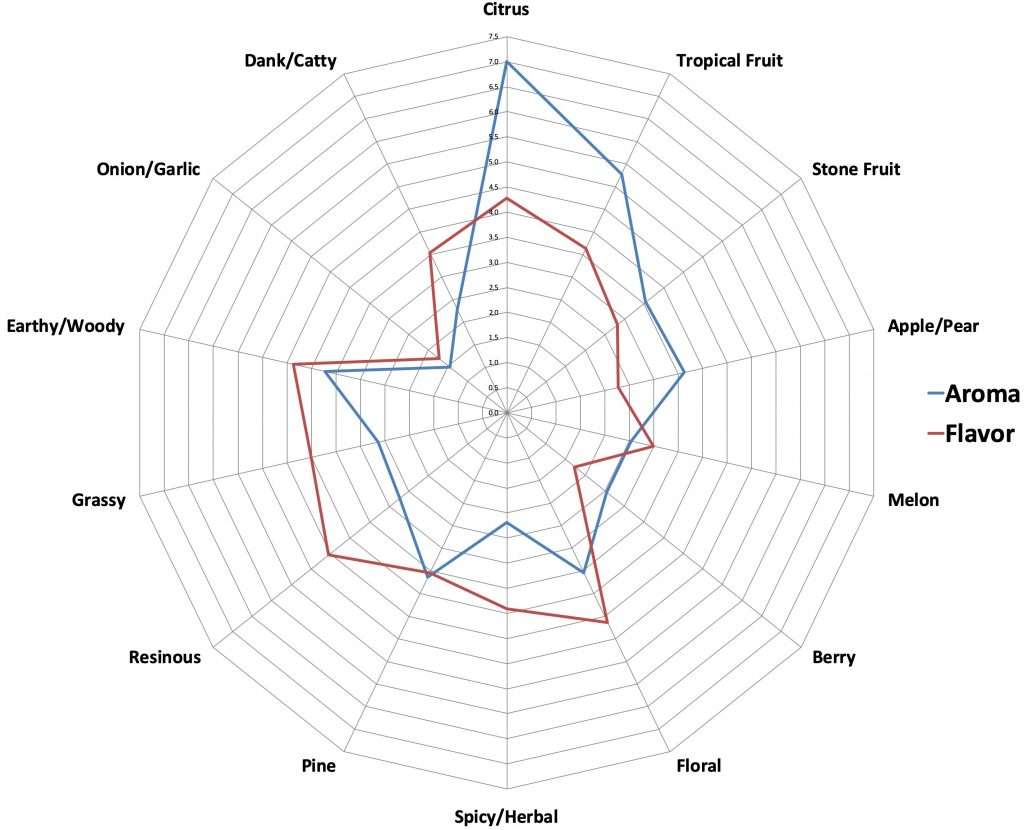
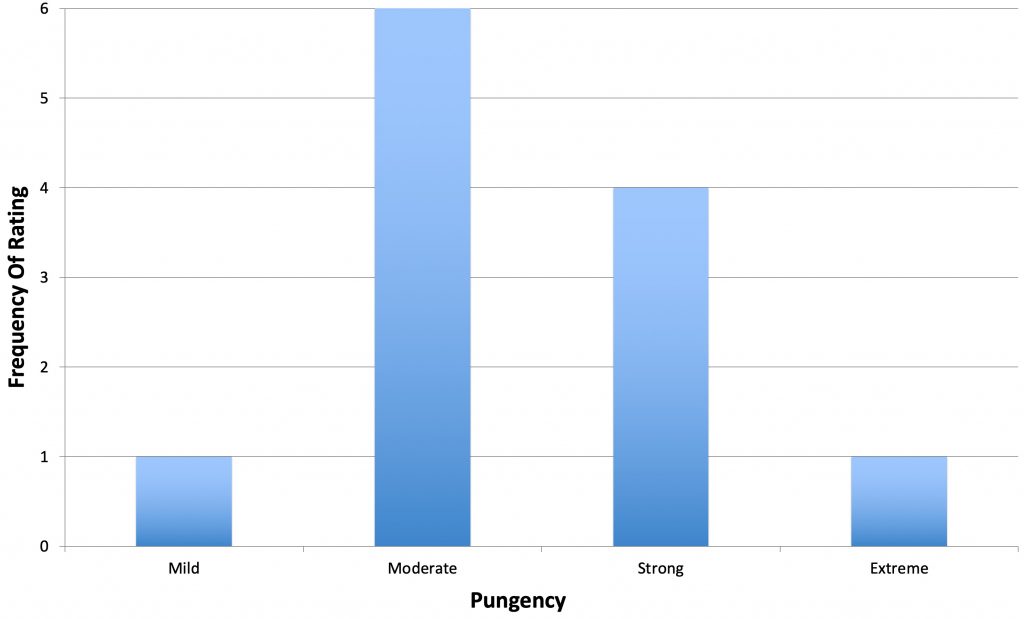
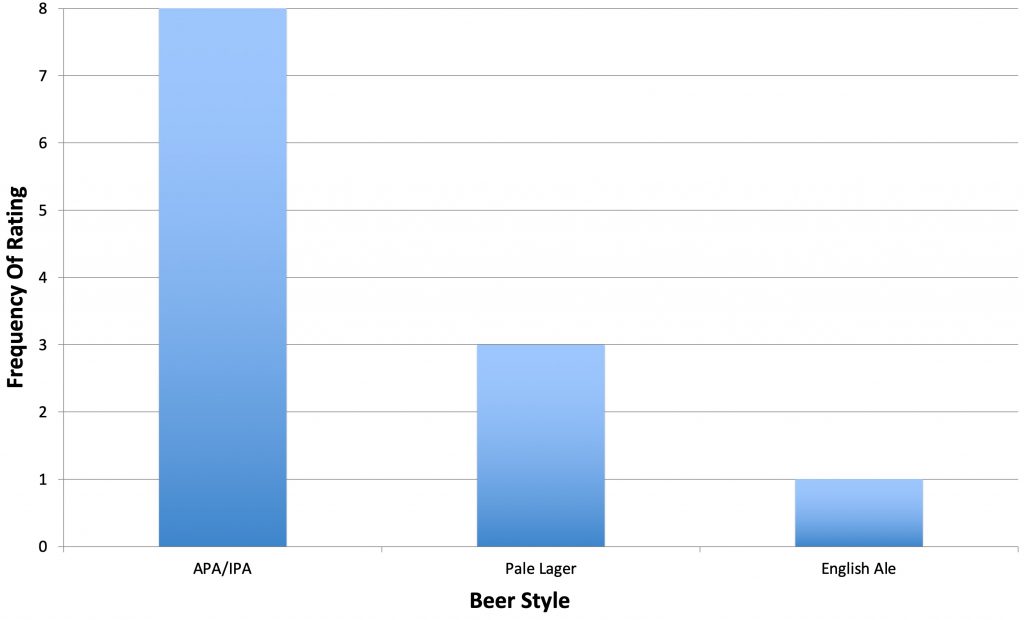
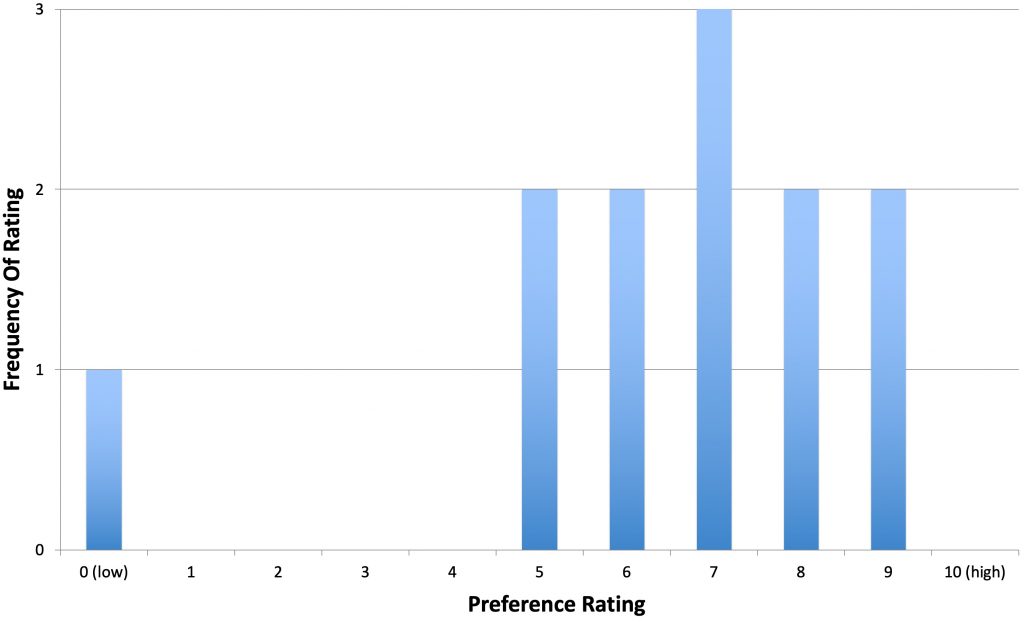











4 thoughts on “The Hop Chronicles | Mosaic LUPOMAX (2019) Pale Ale”
What do the pellets look like? Can you tell visually they are different?
They look the same.
Nice writeup. It would be interesting to see a side by side taste test someday with regular Mosaic, maybe dropping from 70% to a lower %. The writeup notes that the flavor/aroma is more intense, but it would be interesting to get a sense of how much more intense, and if the balance of characteristics shifts at all from regular to Lupomax. Anyway, this is useful info.
So, if you were to brew again, what would you tweak?